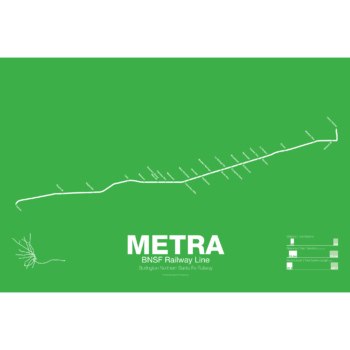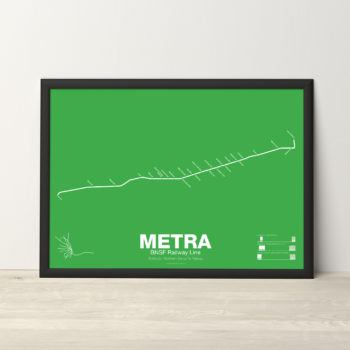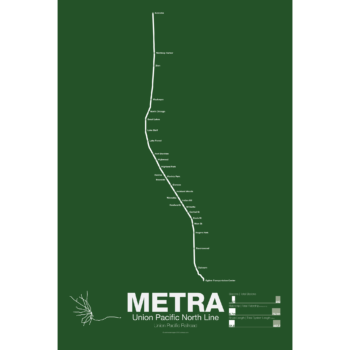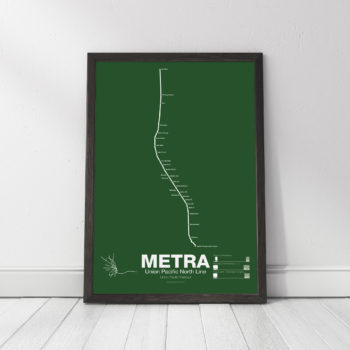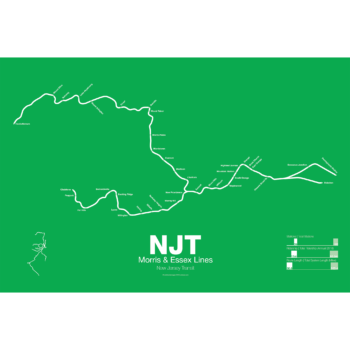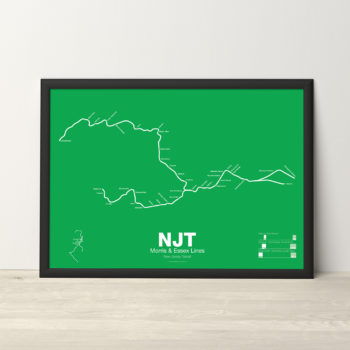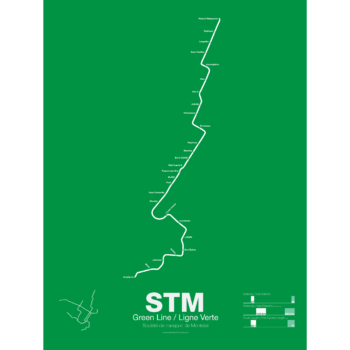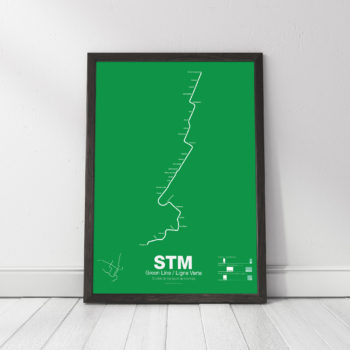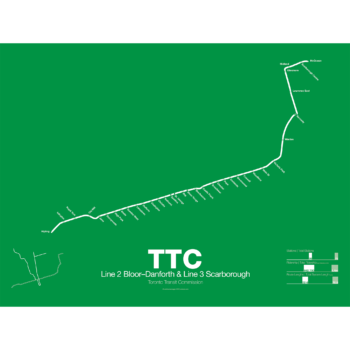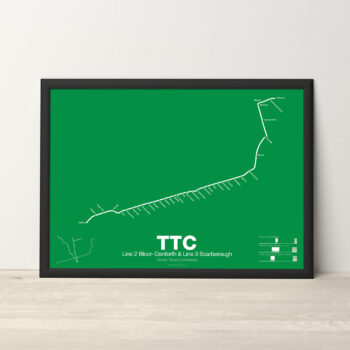green
9 Products
-
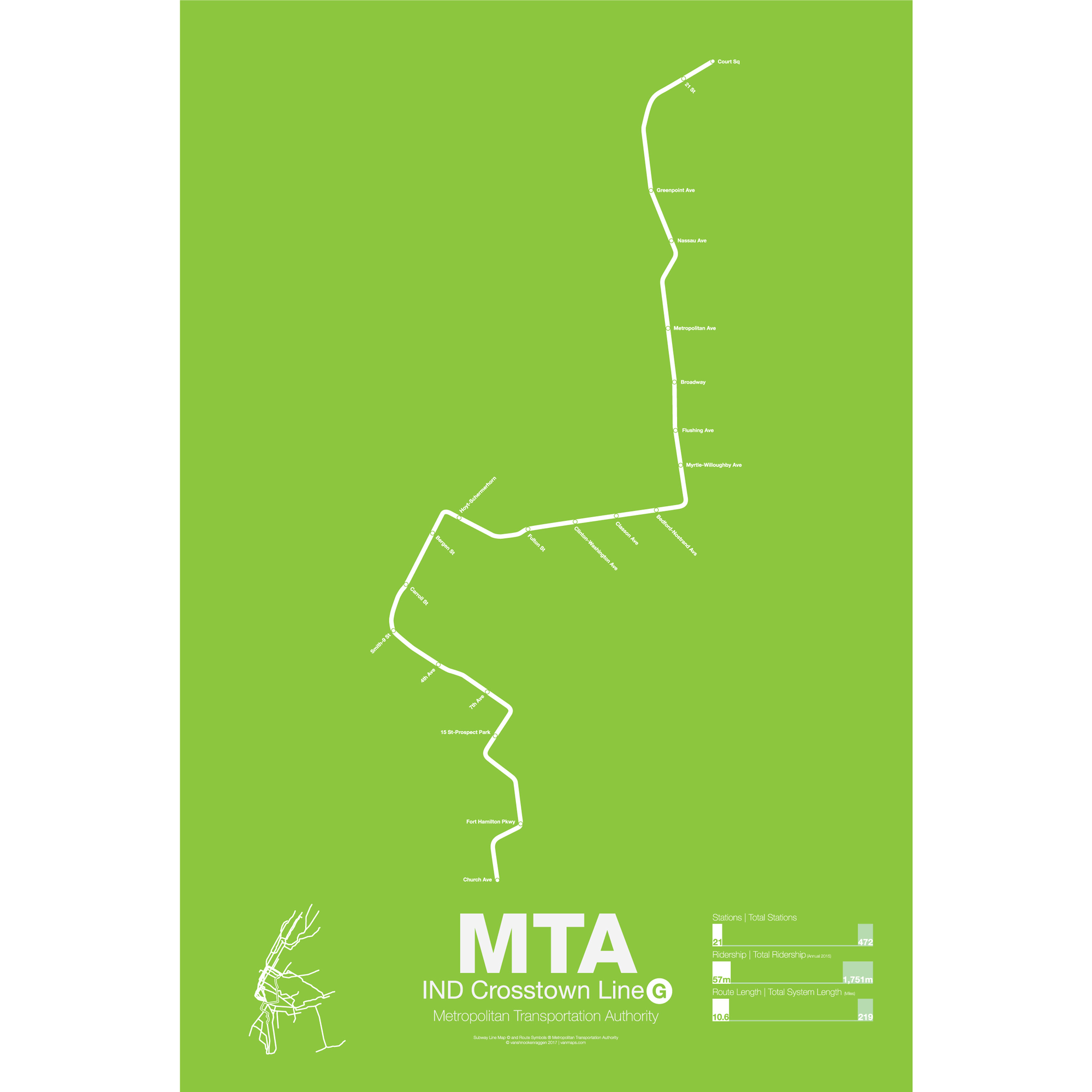
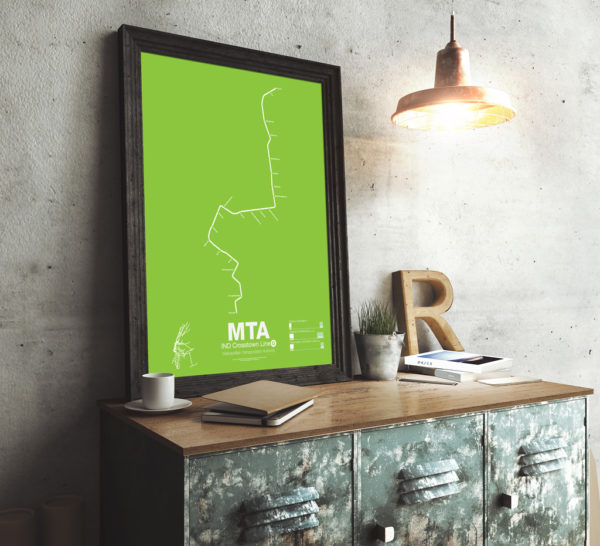 $30.00 – $80.00
$30.00 – $80.00The IND Crosstown line holds the distinction of being the only subway line to never enter Manhattan. Running local between Court Sq in Long Island City, Queens and Church Ave in Kensington, Brooklyn, the G train was opened in segments from 1933 to 1937 to connect the IND Queens Blvd subway to the IND Fulton St and IND South Brooklyn subway. Original plans for a Brooklyn-Queens crosstown line were floated in the 1920s with a line going from Astoria to Bedford-Stuyvesant with a branch going west to downtown Brooklyn and another branch running south along Bedford Ave to Coney Island.
The G train is one of the shortest and least traveled lines in the system and runs through mostly residential areas like Fort Green, Bedford-Stuyvesant, Williamsburg, and Greenpoint. Originally the G served as the only local train along the Queens Blvd line and commuters had to switch at Queens Plaza for express trains into Manhattan. This service proved unpopular and the G was cut back over the years as other trains were rerouted along Queens Blvd.
On the southern section of the line the G train shares tracks with the F along the IND Culver line from Bergen St to Church Ave. Express tracks were built along this section for F trains but, as with service along Queens Blvd, commuters didn’t like having to switch trains so the express tracks remain unused.
Printed on Satin finish 80# cover stock – 220 GSM. Made in the USA! Standard production time is 5 days. Allow more time for shipping.
-
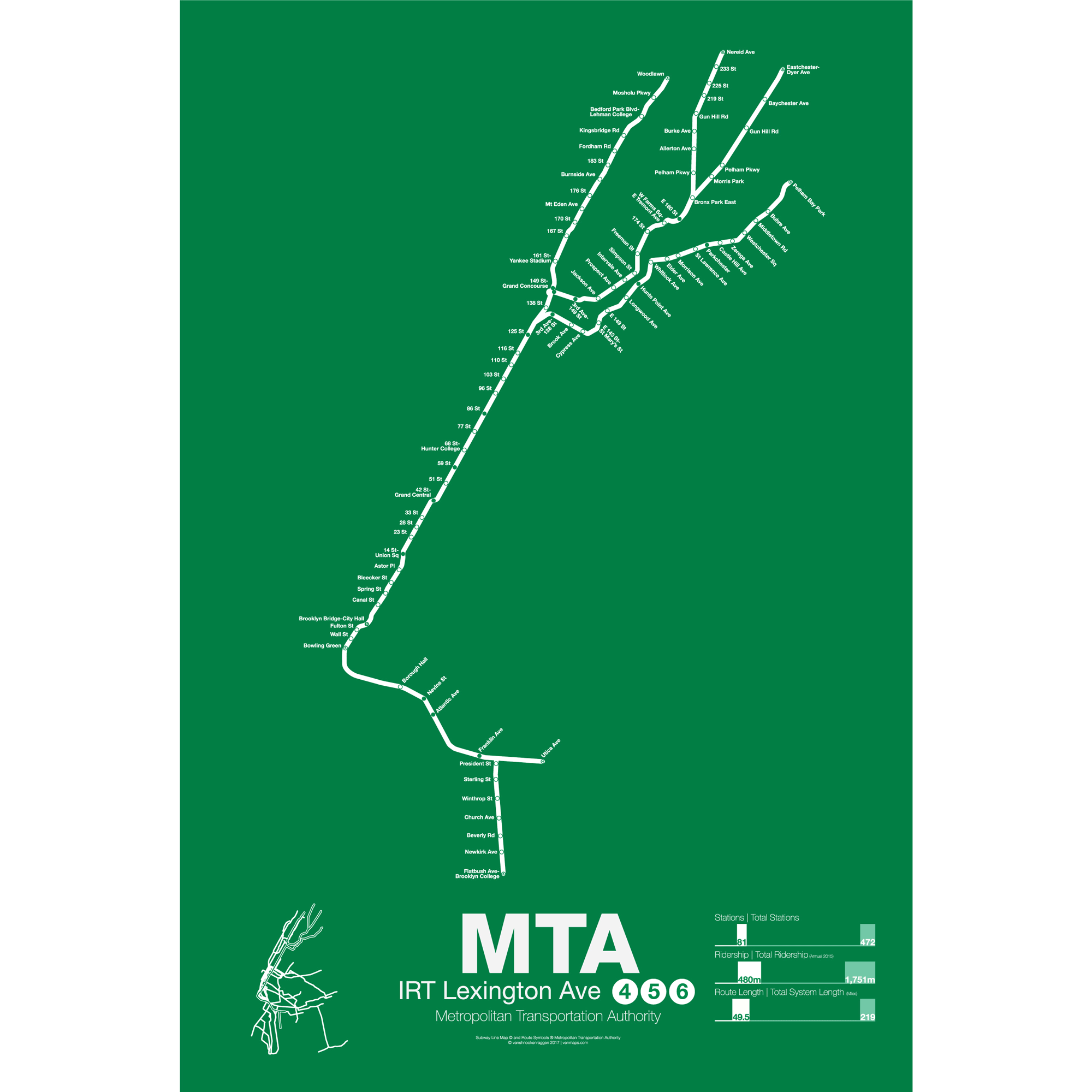
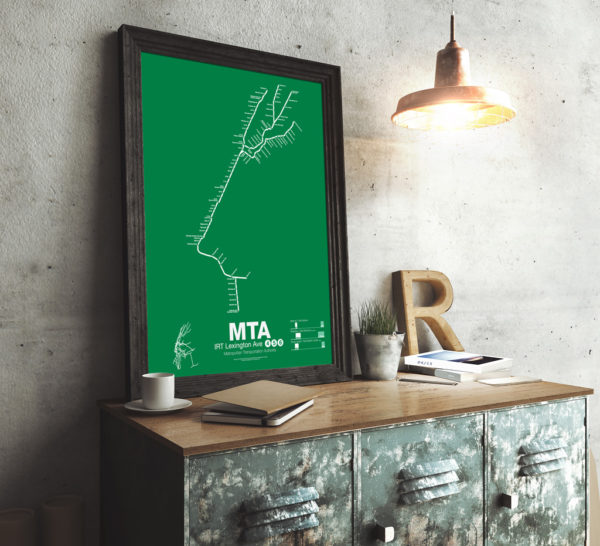 $30.00 – $80.00
$30.00 – $80.00The IRT Lexington Ave line is one half of the original Interborough Rapid Transit (IRT) subway which opened in 1904 running from City Hall to Grand Central along Lafayette St and Park Ave South where it swung west under 42nd St to Times Sq. When the subway was expanded in 1918 service was rerouted north along Lexington Ave and into Brooklyn to Borough Hall and Atlantic Ave.
The IRT Lexington Ave line is the only subway to serve the East Side of Manhattan and averages 1.3 million riders a day, “more than the combined ridership of San Francisco and Boston’s entire transit systems”. Because of this overcrowding is a major issue and has led to the construction of a new subway under 2nd Ave. In Manhattan and Brooklyn Lexington Ave trains run exclusively underground but in the Bronx each line fans out and runs mostly elevated. The 6 train runs along the Pelham Line, a mix of elevated and subway track, and runs local and express service out through Hunts Point, Unionport, Parkchester, and terminating at Pelham Park. The 6 runs all local in Manhattan terminating at Brooklyn Bridge-City Hall.
4 trains run up to Yankee Stadium and north, elevated, along Jerome Ave to Woodlawn. 4 trains run local in the Bronx all times express in Manhattan and all times express in Brooklyn out to Utica Ave/Eastern Parkway. 5 trains join the IRT White Plains line at 149th St-Grand Concourse and shares the elevated line out to 180th St. Here service alternates between using the IRT Dyer Ave line to Eastchester and continuing with the IRT White Plains line to Nereid Ave during rush periods. 5 trains operate local in the Bronx except for rush periods when they run express from 180th St to 3rd Ave-149th St, all express in Manhattan to Bowling Green, and rush periods express to Flatbush Ave in Brooklyn.
Printed on Satin finish 80# cover stock – 220 GSM. Made in the USA! Standard production time is 5 days. Allow more time for shipping.
-
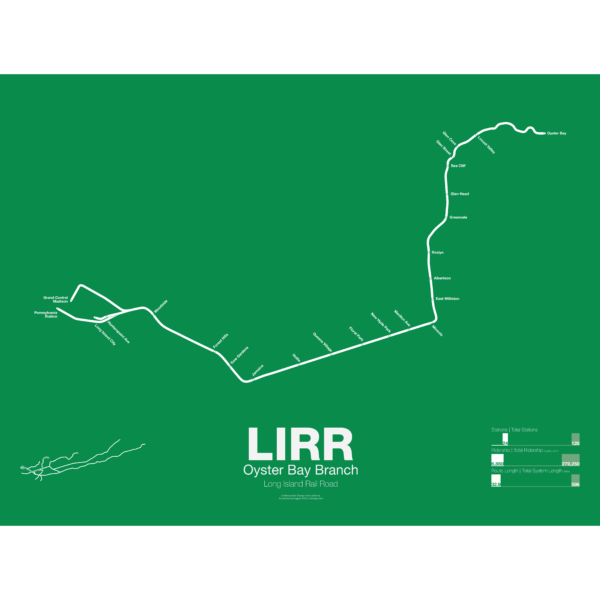
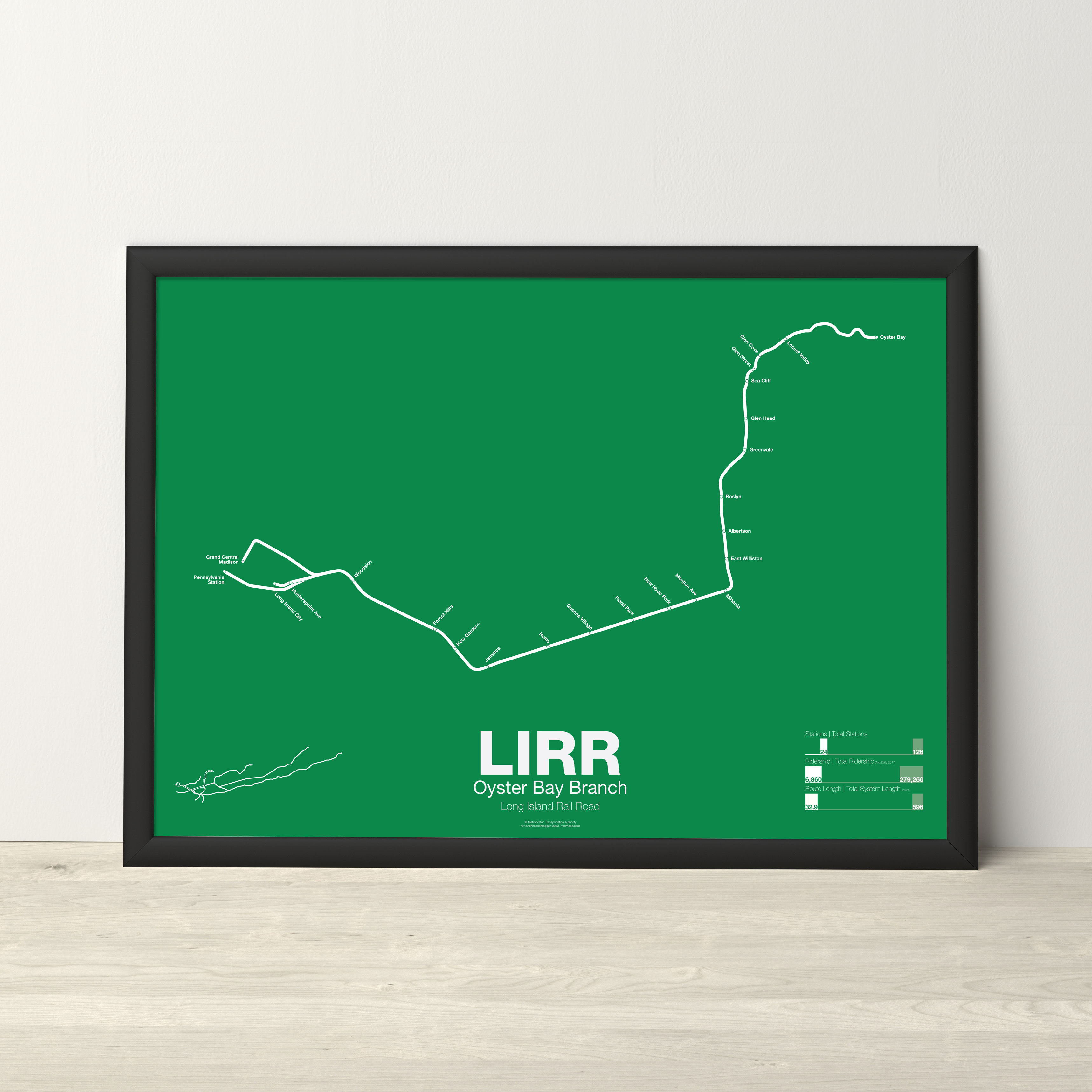 $30.00 – $80.00
$30.00 – $80.00The LIRR Oyster Bay Branch opened in 1865 by the LIRR owned Glen Cove Branch RR as a branch off the Main Line at Mineola to Glen Head. The line was extended further and by 1867 it reached Locust Valley. An extension to Oyster Bay was only proposed as a counter to a rival railroad which had proposed a line to Northport. The LIRR eventually opened an extension to Oyster Bay in 1889. A large new pier was built next to the terminal for ferry service to New England. Although the line was intended to be electrified in the 1930s the work was never done and as such the line uses diesel trains which don’t run to Penn Station.
Printed on Satin finish 80# cover stock – 220 GSM. Made in the USA! Standard production time is 5 days. Allow more time for shipping.
-
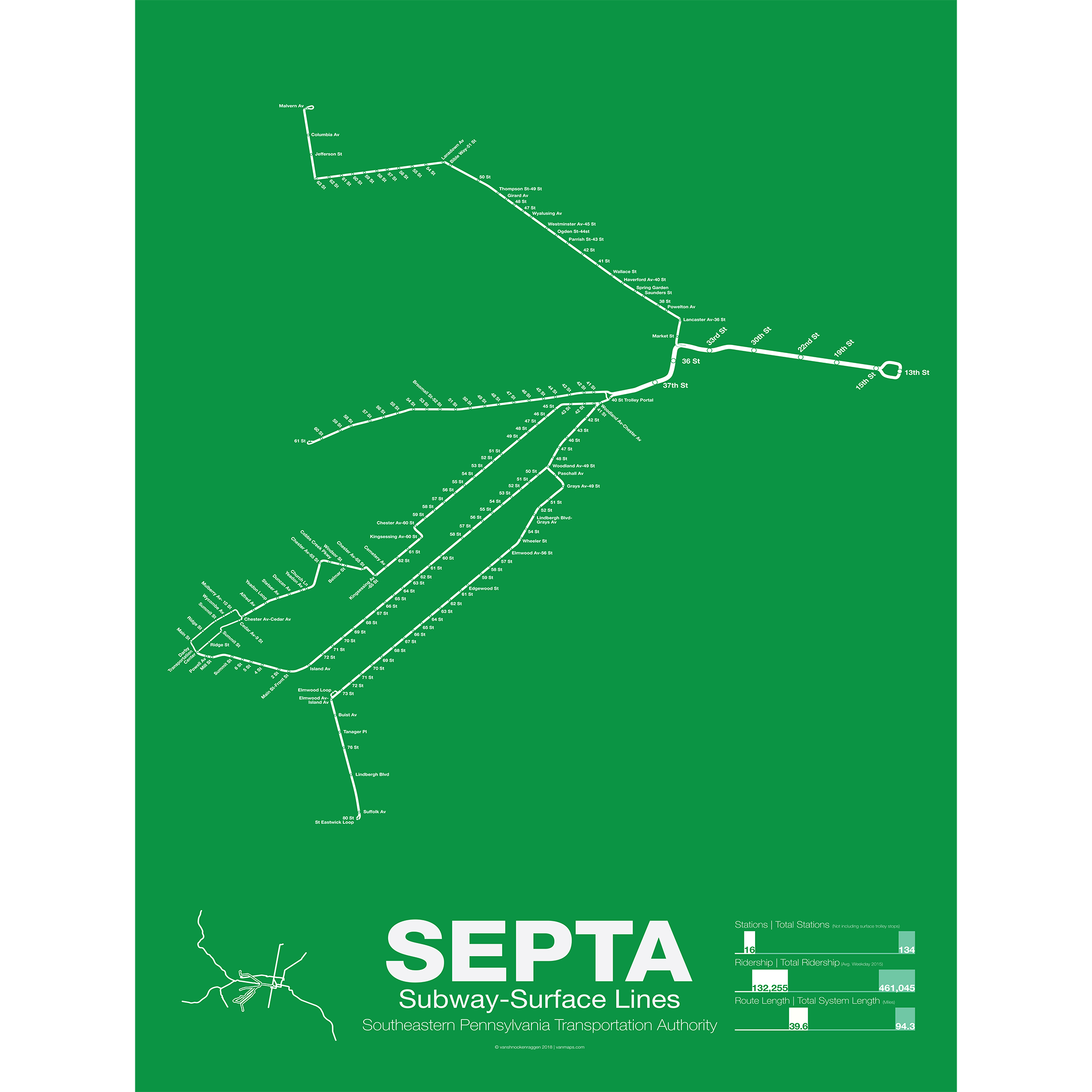
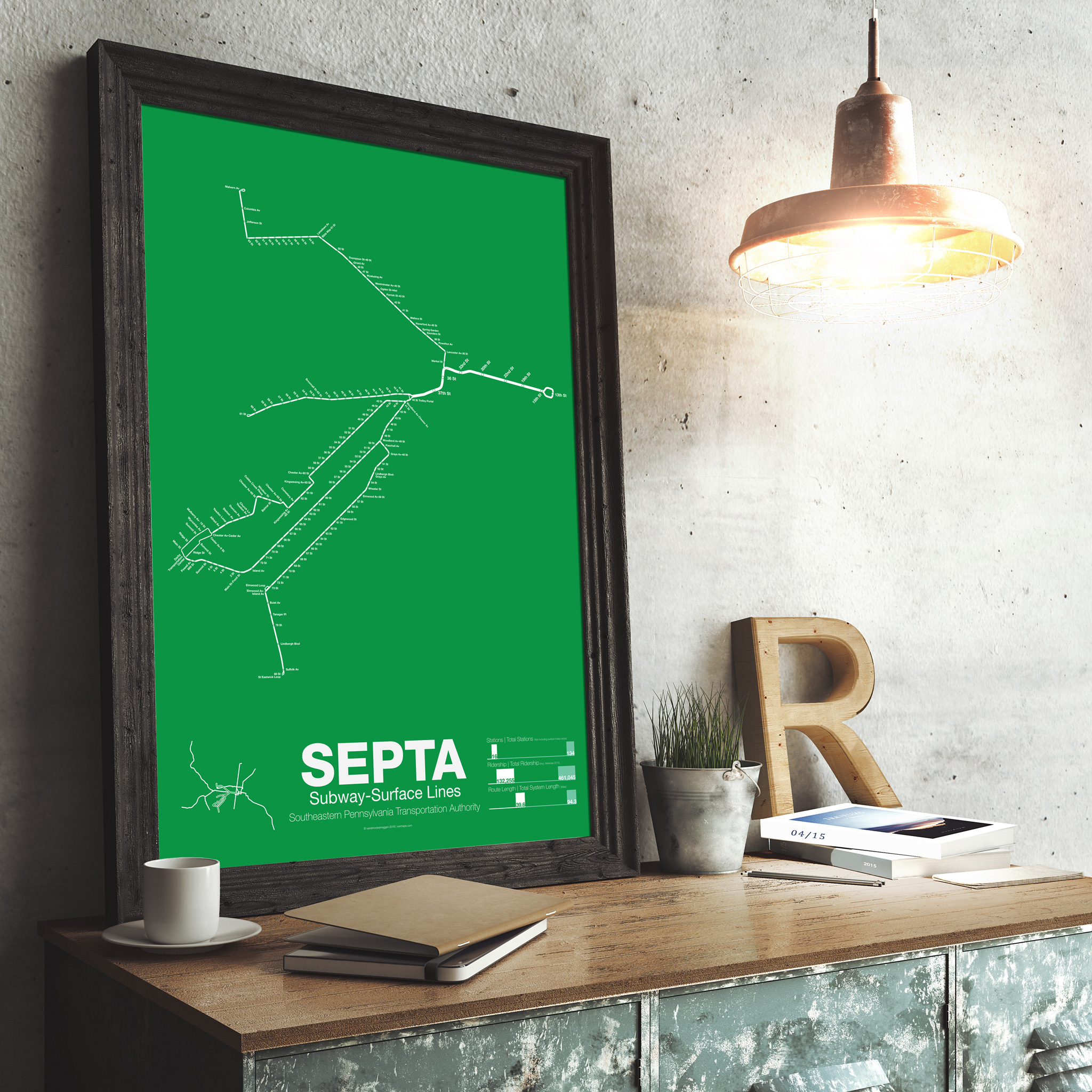 $30.00 – $80.00
$30.00 – $80.00When the Market-Frankford subway opened in 1907 it provided two tracks for surface line streetcars to use with a loop at City Hall. Similar to Boston’s Green Line and San Francisco’s Market St Line the subway uses pre-WW2 streetcar lines as branches. After World War 2, like in most American cities, trolleys were converted to bus lines but in Philly there were many lines which never made the conversion. The streets of Philadelphia are lined with disused streetcar tracks but in West Philly there is still and active network; routes 10, 11, 13, 34, and 36 use the subway and Line 15 crosses the city along Girard Ave but does no use the subway (Line 15 is not included on the poster but is included on the mini-map). The original subway portal was located at 23rd St but when the Market-Frankford Subway tunnel was extended west so too was the trolley tunnel with a new portal at 36th and Ludlow Streets and another at 40th St between Baltimore and Woodland Aves.
The trolley lines have been threatened with replacement via bus or subway extension for decades but due to a lack of funds and popularity the streetcars remain and SEPTA is studying bringing back older lines as well. New cars are being purchased with low floors to help riders in wheelchairs and studies are being made looking at consolidating surface stops to speed up trips.
Printed on Satin finish 80# cover stock – 220 GSM. Made in the USA! Standard production time is 5 days. Allow more time for shipping.

